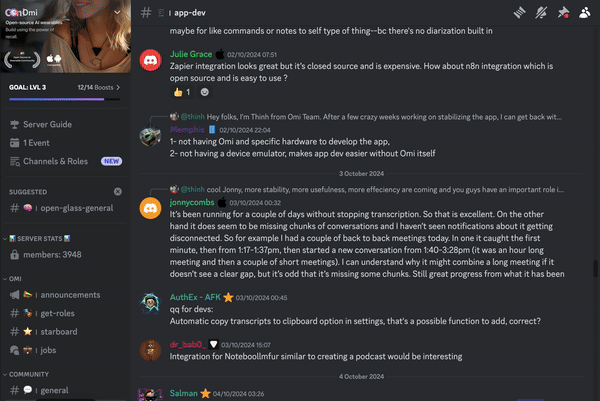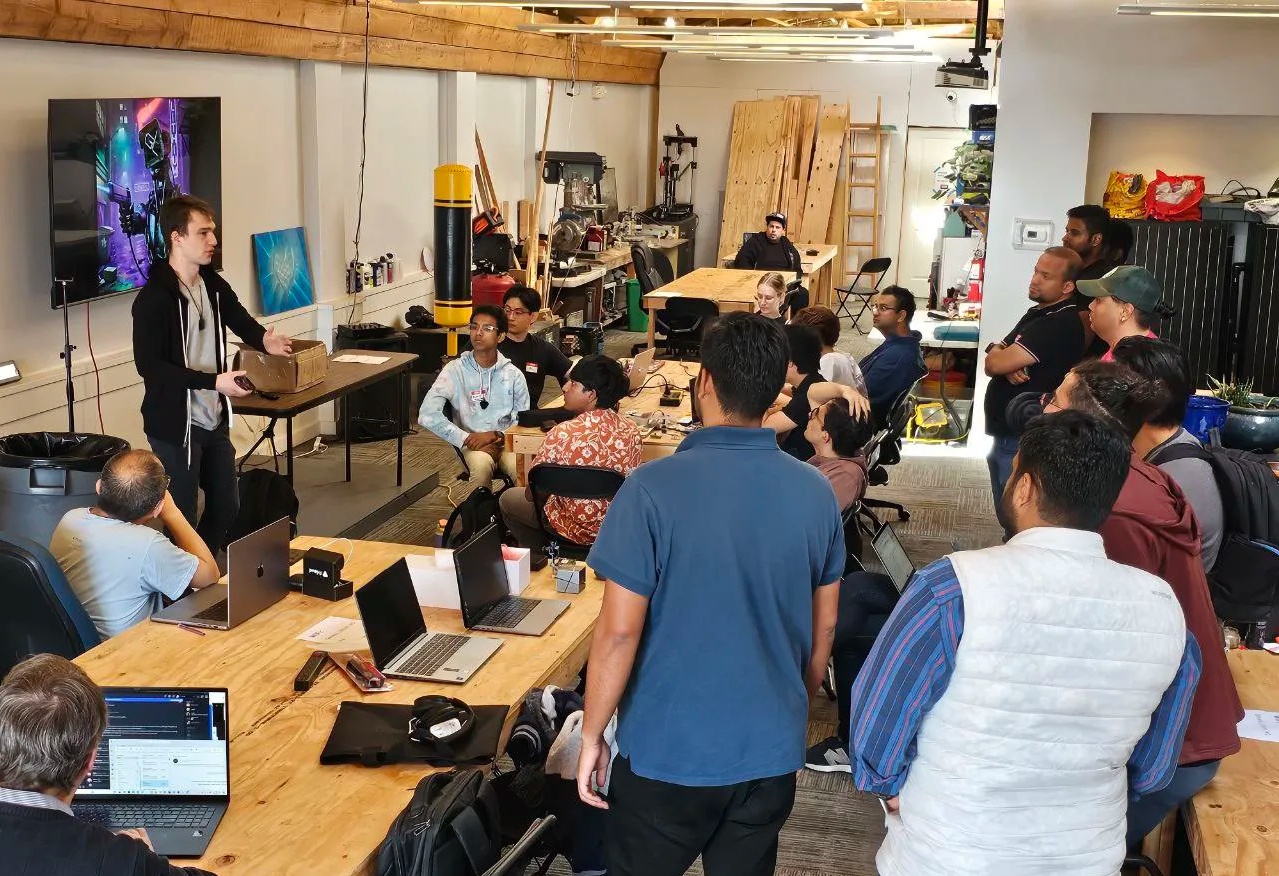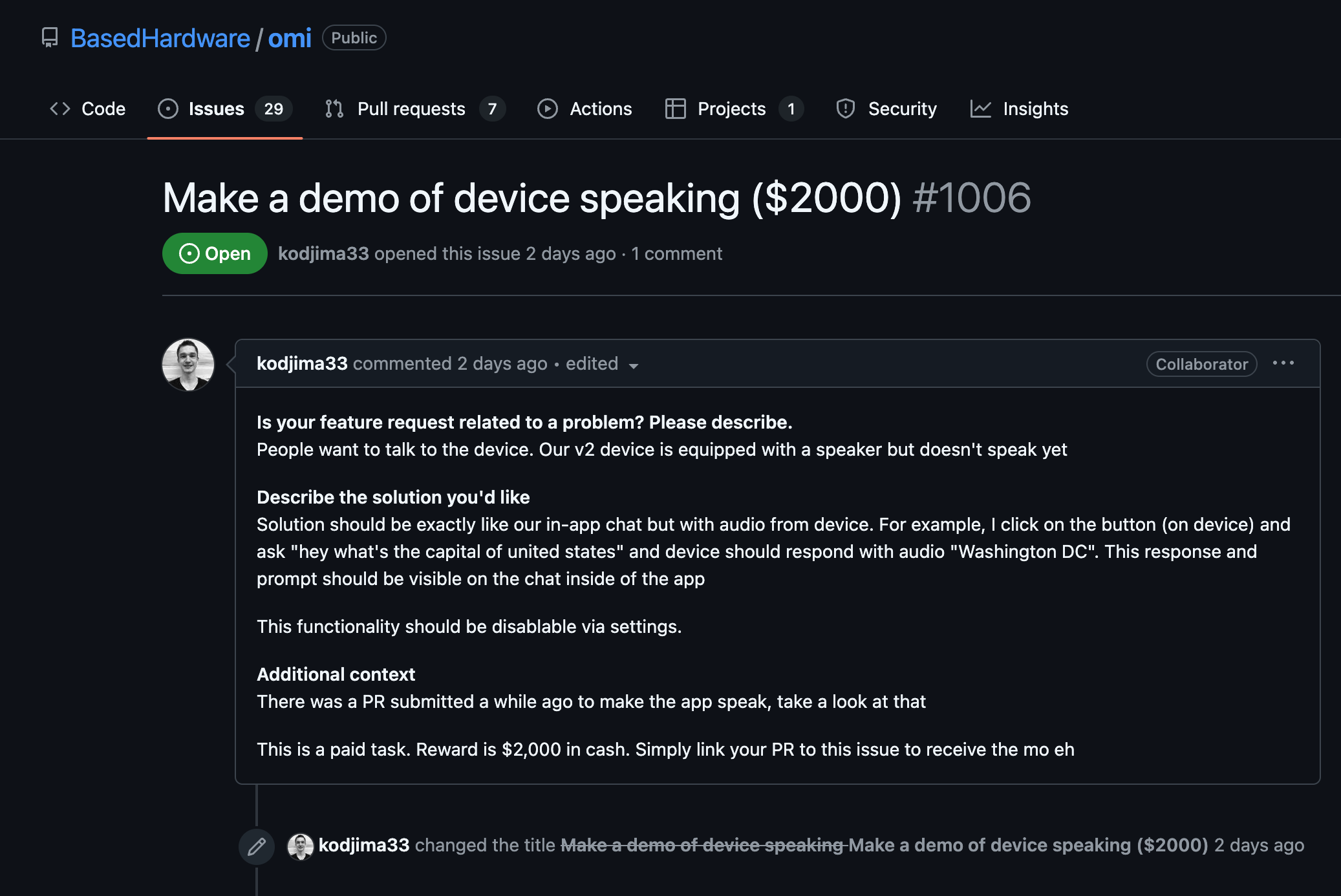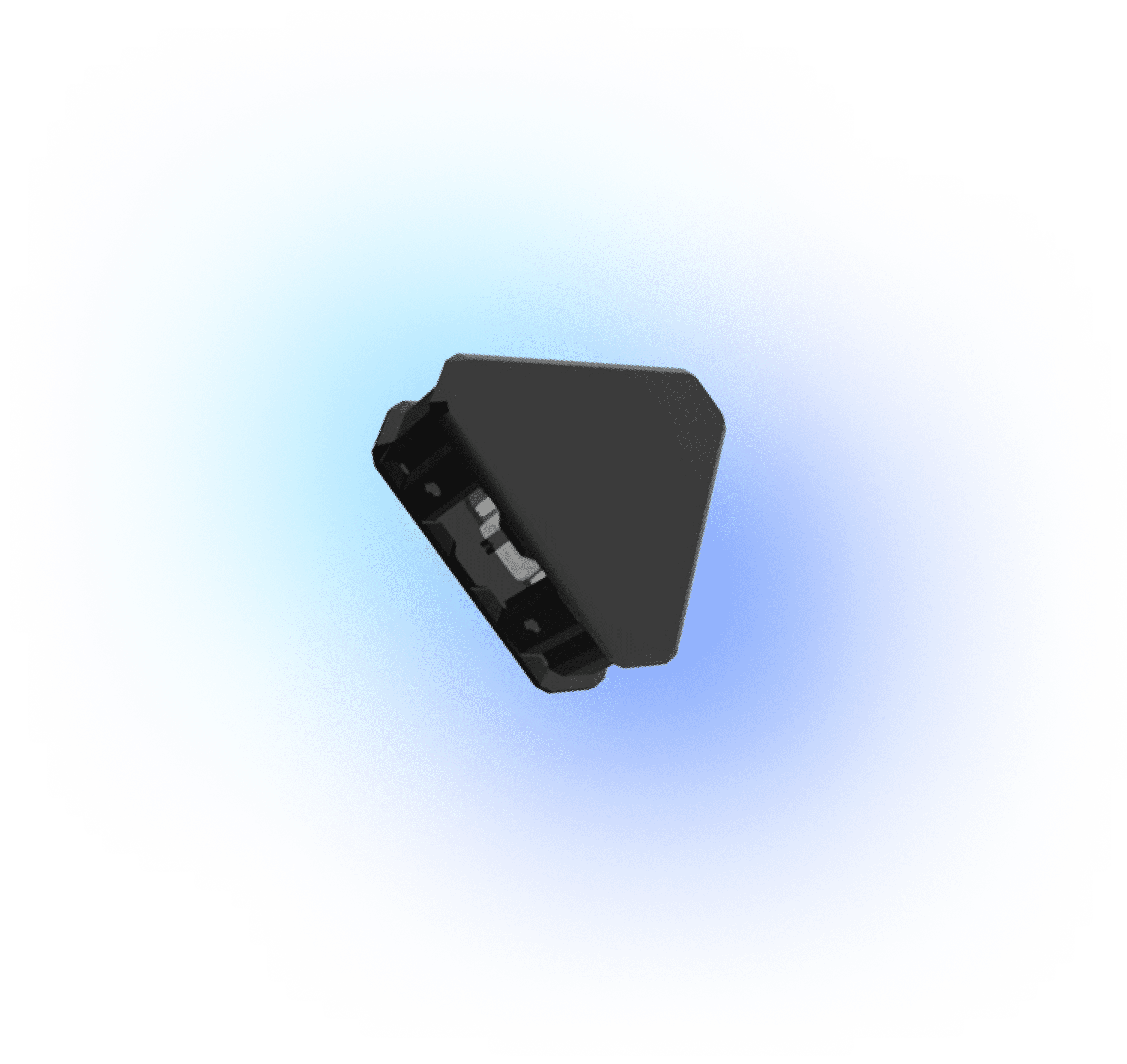Overview of NASA Open APIs
- NASA provides a variety of open APIs that allow you to access different types of space data, including information about Mars rovers, solar system objects, and more.
- These APIs are publicly accessible and come with detailed documentation to help developers integrate them into their applications.
Setting Up HTTP Requests
- For retrieving data from NASA’s APIs, you can use JavaScript with popular HTTP client libraries like Axios or Fetch API available natively in modern browsers.
- The process involves making a GET request to a specific endpoint provided by NASA and handling the JSON response that the API returns.
// Using Fetch API to make the HTTP request
fetch('https://api.nasa.gov/planetary/apod?api_key=DEMO_KEY')
.then(response => response.json())
.then(data => console.log(data))
.catch(error => console.error('Error:', error));
Handling API Response
- Once you receive the response, it will generally be in JSON format, which is easy to work with in JavaScript.
- Parse the JSON data and use JavaScript's dynamic capabilities to extract and display the information you’re interested in.
// Example of handling JSON response
function displayData(data) {
const imageUrl = data.url;
const explanation = data.explanation;
document.getElementById('image').src = imageUrl;
document.getElementById('description').innerText = explanation;
}
fetch('https://api.nasa.gov/planetary/apod?api_key=DEMO_KEY')
.then(response => response.json())
.then(data => displayData(data));
Integrating Data into a Web Page
- Create an interface in HTML to display the API data effectively. This can range from simple text elements to complex interactive graphics, depending on your project.
- Utilize CSS for styling fetched data to improve the visual presentation.
<!DOCTYPE html>
<html lang="en">
<head>
<meta charset="UTF-8">
<meta name="viewport" content="width=device-width, initial-scale=1.0">
<title>NASA APOD Viewer</title>
</head>
<body>
<h1>NASA Picture of the Day</h1>
<img id="image" src="" alt="NASA Picture of the Day"/>
<p id="description"></p>
<script src="app.js"></script>
</body>
</html>
Leveraging Additional Features
- NASA's APIs offer additional features, such as query parameters for filtering or ordering data, and support for pagination.
- Explore API documentation to find additional options that can enhance your application, such as &limit, &date, or &camera parameters for more precise data retrieval.
// Example with query parameters
const apiKey = 'YOUR_API_KEY';
const apiUrl = `https://api.nasa.gov/mars-photos/api/v1/rovers/curiosity/photos?sol=1000&camera=fhaz&api_key=${apiKey}`;
fetch(apiUrl)
.then(response => response.json())
.then(data => console.log(data.photos))
.catch(error => console.error('Error:', error));
Error Handling & Debugging
- It's vital to incorporate error handling into your API requests to account for potential network issues, rate limits, or incorrect API usage.
- Use JavaScript’s try-catch blocks and promise-based functions to handle errors gracefully and provide feedback to users.
try {
fetch(apiUrl)
.then(response => {
if (!response.ok) {
throw new Error('Network response was not ok');
}
return response.json();
})
.then(data => console.log(data))
.catch(error => console.error('Fetch error:', error));
} catch (error) {
console.error('General Error:', error);
}
Optimization Techniques
- Consider caching data or using a service worker to optimize repeated API calls and reduce latency.
- Throttling requests and using lazy loading techniques can help manage API limits and improve the user experience.
Future Proofing
- Keep an eye on NASA API's terms of use and rate limits to ensure the continued smooth operation of your application.
- Regularly check for updates in API documentation to leverage new features and maintain compatibility.
























